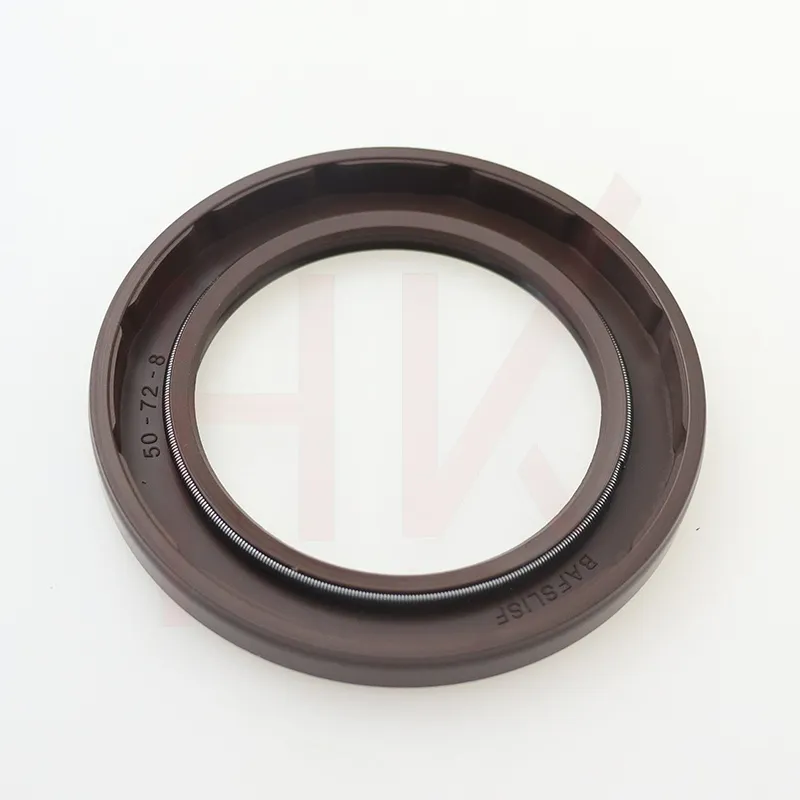Desemba . 15, 2024 07:48 Back to list
Understanding Wiper Seals and Their Importance in Vehicle Maintenance
Understanding Wiper Seals Essential Components for Optimal Performance
Wiper seals are crucial components used in various mechanical systems, particularly in hydraulic cylinders and rotating equipment. Their primary function is to prevent the leakage of fluids and contaminants while maintaining the performance and longevity of different machinery. As an integral part of any system requiring sealing solutions, understanding their design, applications, and maintenance is vital for engineers and operators alike.
What are Wiper Seals?
Wiper seals, also known as scrapers, are designed to remove debris and contaminants from the rod or other moving parts of machinery as they retract. Unlike traditional seals that focus on preventing fluid loss, wiper seals have a specific functionality that involves keeping the system clean. This ensures that impurities do not enter the hydraulic cylinder or mechanism, which is essential for maintaining the integrity of fluid dynamics and the overall functionality of the equipment.
Design and Material Considerations
The design of wiper seals can vary significantly depending on their application. They typically feature rubber or polyurethane materials, which provide the necessary elasticity and resistance to various environmental factors. The choice of material is critical, as it must withstand different types of fluids, temperature variations, and mechanical stresses.
Wiper seals are often engineered with specific cross-sectional shapes to improve their performance. Common designs include lip seals, which are shaped like a lip to effectively scrape away contaminants, and U-cup seals, which offer a more robust edge against outside elements. The design choice often depends on the size of the machinery and the specific operational environment.
Applications of Wiper Seals
wiper seals

Wiper seals are widely used across various industries, including automotive, aerospace, manufacturing, and agriculture. In automotive applications, wiper seals play a vital role in suspension systems, ensuring that dirt and grime do not enter the shock absorbers and struts. In hydraulic systems, such as those found in construction equipment or industrial machinery, they help maintain the cleanliness of hydraulic cylinders, enhancing their efficiency and lifespan.
Moreover, in the aerospace industry, wiper seals are essential for preventing contamination within landing gear systems and other critical components. Their application in agricultural machinery also helps to extend the life of systems that operate in harsh environments, where exposure to dust and mud is inevitable.
Maintenance and Replacement
Like any mechanical component, wiper seals require regular inspection and maintenance to ensure optimal performance. Over time, exposure to harsh environmental conditions, chemicals, and mechanical wear can lead to degradation. Signs that a wiper seal may need replacement include visible wear, cracking, or the presence of fluid leakage.
Regular maintenance strategies often include cleaning the seals and surrounding areas to prevent build-up of contaminants. In industrial settings, operators are encouraged to monitor the function of hydraulic systems closely and address any signs of malfunction promptly. Investing in high-quality wiper seals can also save costs in the long run by reducing the frequency of repairs and replacements.
The Importance of Quality
When it comes to selecting wiper seals, quality should not be compromised. Poor-quality seals may fail prematurely, leading to contamination of the hydraulic system, reduced efficiency, and costly repairs. It is crucial to source wiper seals from reputable manufacturers that guarantee standards for materials and performance.
In conclusion, wiper seals play an indispensable role in the functionality and reliability of various mechanical systems. By understanding their design, applications, and maintenance requirements, engineers and equipment operators can ensure that their machinery operates efficiently and effectively. Investing in quality wiper seals and prioritizing their upkeep can lead to enhanced performance, longevity, and significant cost savings over time. Whether in automotive, aerospace, or industrial applications, recognizing the importance of these components can dramatically impact overall operational success.
-
The Trans-formative Journey of Wheel Hub Oil Seals
NewsJun.06,2025
-
Graphene-Enhanced Oil Seals: Revolutionizing High-Pressure Oil Sealing
NewsJun.06,2025
-
Future of Hydraulic Sealing: Advanced Intelligent TCN Oil Seals
NewsJun.06,2025
-
Don’t Let a Broken TCV Oil Seal Ruin Your Day
NewsJun.06,2025
-
Bio-Inspired Dust Seals for Better Sealing Performance
NewsJun.06,2025
-
Biodegradable and Sustainable Hydraulic Seal Materials
NewsJun.06,2025
-
Top Oil Seal Solutions for Your Industrial Needs
NewsMay.22,2025
Products categories
















